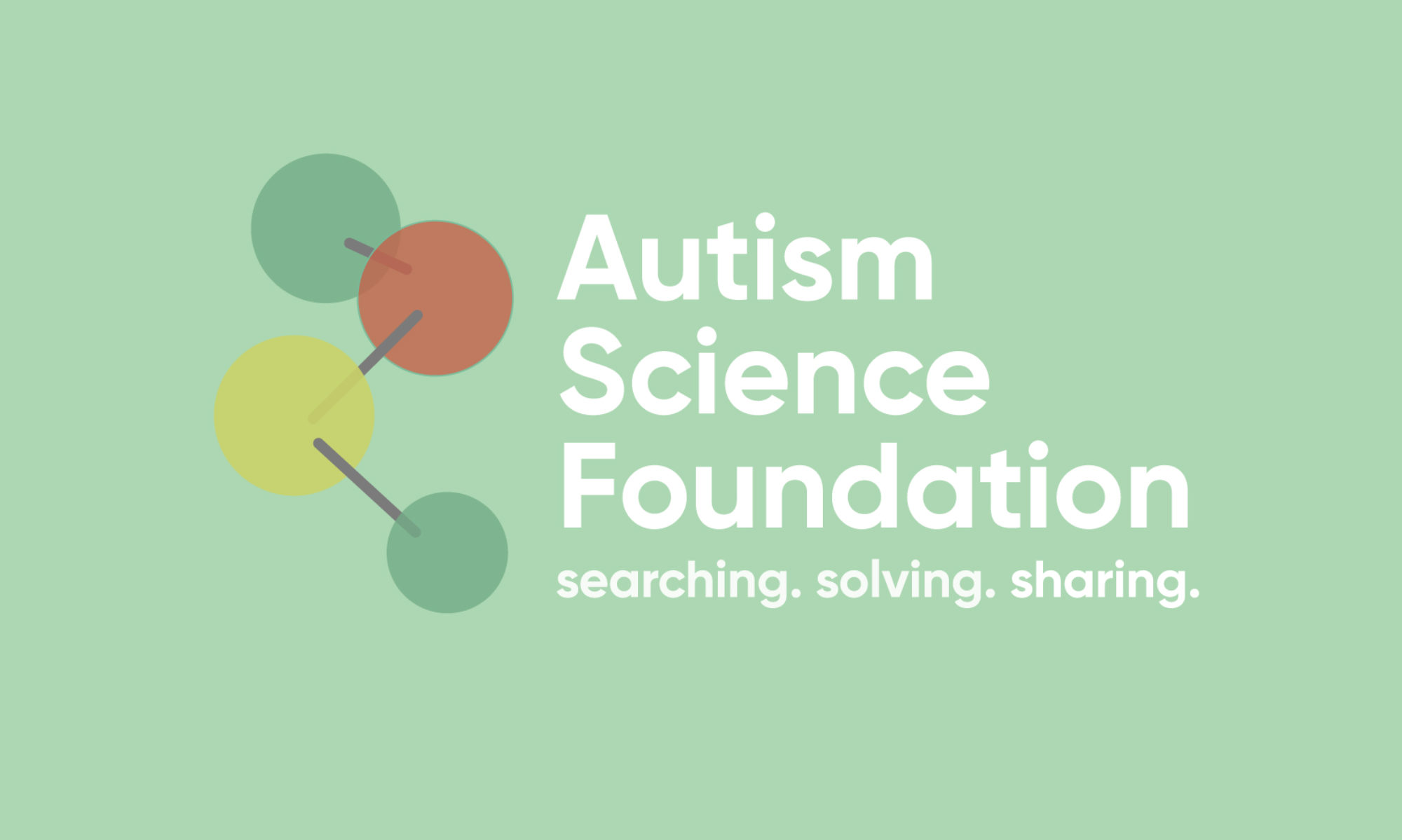Podcast: Play in new window | Download
Subscribe: RSS
Two new studies came out this week that implicates the role of the endocrine system in autism. The endocrine system which regulates hormones in your body, also has a key role in brain development early on in fetal and child development. PCOS is a metabolic condition and DDT is a toxic chemical banned years ago, but both are linked to the endocrine system, both are bad for many reasons, and both are linked to autism. These studies provide evidence that we should #savetheEPA and be aware of medical and environmental factors which do not cause, but contribute to autism. Also, PCOS is linked to autism in adult women, so ladies – if you show signs of PCOS, please talk to a doctor!
PCOS study: https://www.ncbi.nlm.nih.gov/pmc/articles/PMC6068102/
DDT study: https://ajp.psychiatryonline.org/doi/pdf/10.1176/appi.ajp.2018.17101129
PCOS blog: https://www.rmanj.com/lifting-the-fog-on-polycystic-ovary-syndrome-pcos/
http://www.panna.org/resources/ddt-story


